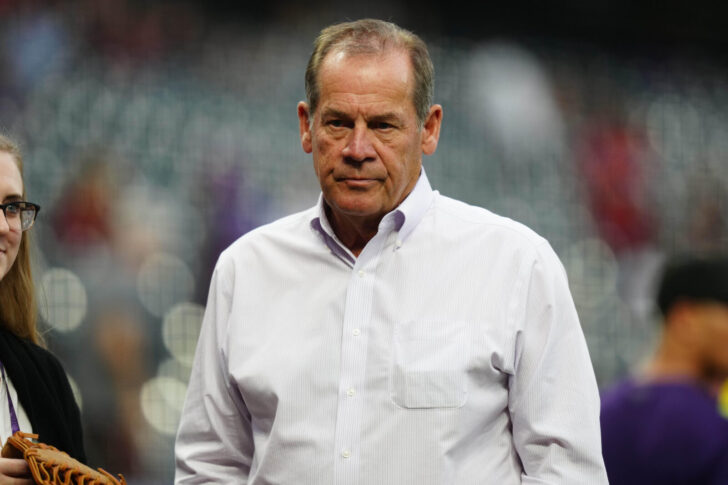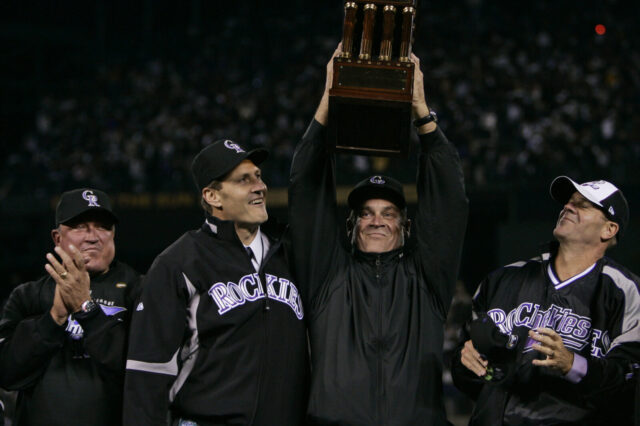Strike 3: It’s not out of line to label the space where the Colorado Rockies currently reside as being “Rock Bottom,” no pun intended.
Coming off the worst win-loss record in franchise history, they’ve also lost their longtime TV partner AT&T Sportsnet and are currently without a television home for next season. That means a badly needed revenue stream is currently running dry.
The business of business has been a Rockies strength since Dick Monfort took over in the late 1990’s. Right now that business could be taking a significant hit. And of course that’s going to impact the on-field product as well.
The Rockies games will be broadcast next season. Even if the team isn’t quite “Must see TV” at the moment, there are enough fans who want the product that something will get done. It could very likely end up being a streaming service of some sort. Viewers all over are probably going to be able to sign up for the service through MLB.tv, and viewers in the Denver and greater Colorado market are likely to be able to see Rockies games preempt the national coverage on the MLB Network. Pre and post-game stuff will look much the same, but those feature shows like “The Club” are going to fall victim to downsizing.
Perhaps having a less than desirable on-field product to watch is finally costing the Rockies money? Colorado, along with other teams like San Diego and Arizona, have – at least for now – lost the chance to keep or even increase the amount of money they can bring in via “rights fees” to telecast their games after being forced to turn things over the MLB.
Whatever the Rockies new local TV deal ends up being, it will very likely be producing as much as one-fourth less in revenue for the franchise. It was during the season last year when the MLB Network picked up local TV rights for the Diamondback and Padres (and other clubs in similar situations) but only paid them about 80% of what they had been getting in local TV revenue. The Rockies made just a bit above $57 million in TV revenue last season and they’re now staring at a significant decrease. (For comparison purposes, the Los Angeles Dodgers get $334 mil annually for their TV broadcast rights. You read that correctly: $334 million. This is THE biggest area of revenue discrepancy between MLB teams and the reason LA can throw money at every free agent who can stand in the batter’s box without falling over.)
The Rockies long-standing business model is based on the principle that this year’s income surplus will be reflective of next year’s expenditures. That’s why the “Rooftop” at Coors Field was such an impactful idea when it came to life. The extra revenue generated by the Rooftop party deck meant enough additional income for the team that they could raise the payroll along with it. And they did. The Rockies are still in the upper half of the league in collective player’s salaries.
Conversely, with local TV revenue going down, that income loss will be reflected in future payroll reductions. So another Rooftop-type idea would be more than welcome right about now. (This is also why the Rockies are scheduling more concerts at Coors Field this season.)
Had the on-field product been better over the past few years, and the Rockies were indeed “must see TV,” perhaps other entities – cable outlets and/or over-the-air stations – may have been interested in acquiring the team’s local broadcasting rights. We’ll never know. As it is, no deal with Altitude TV is in the offering (imagine the fuss about the Kroenke v Comcast feud if that happened) and local stations like Channel 2 or Channel 20 would lose money if they preempted their national evening programming.
Streaming is indeed the wave of the sports broadcasting future. And it might be the one area where the Rockies are out in front of the competition.





